.. and sound color (frequency characteristic)
To write that we have something mapped out to the last detail is perhaps too bold, but after proper preparation, few pieces of hardware are as easy to evaluate as fans. Of course, this had to be preceded by long preparations, developing a methodology, but you already know the story. What you don’t know yet is the first fruit, or rather the results of Akasa, SilentiumPC, SilverStone, Xigmatek or more exotic Reeven fans.
33 dBA or 33 dBA
The noise level, given as a single dBA value, is good for quick reference, but it doesn’t give you an idea of exactly what the sound sounds like. That’s because it averages a mix of noise levels of all frequencies of sound. One fan may disturb you more than the other, even though they both reach exactly the same dBA, yet each is characterized by different dominant (louder) frequencies. To analyze thoroughly with an idea of the “color” of the sound, it is essential to record and assess noise levels across the entire spectrum of frequencies that we perceive.
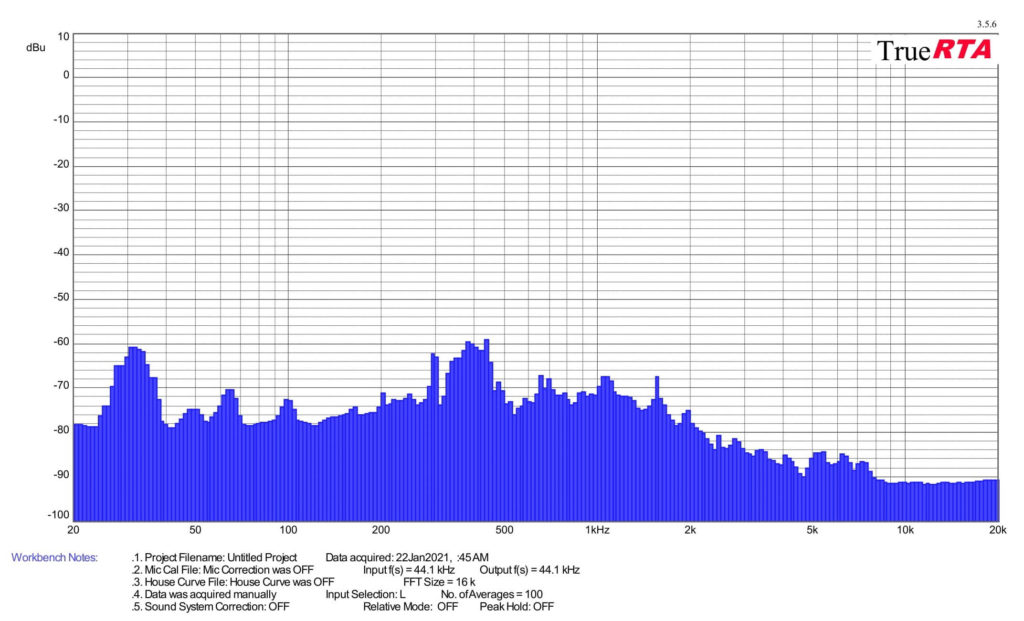
We already do this in graphics card tests, and we’ll do it for fans too, where it makes even more sense. Using the UMIK-1 miniDSP microphone and TrueRTA’s mode-specific, fixed dBA application, we also measure which frequencies contribute more and which contribute less to the sound. The monitored frequency range is 20-20,000 Hz, which we’ll work with at a fine resolution of 1/24 octave. In it, noise levels from 20 Hz to 20 000 Hz are captured at up to 240 frequencies.
The information captured in the spectrograph is a bit more than we will need for clear fan comparisons. While you’ll always find a complete spectrograph in the tests, we’ll only work with the dominant frequencies (and their noise intensities) in the low, mid, and high bands in the comparison tables and charts. The low frequency band is represented by 20–200 Hz, the medium by 201–2000 Hz and the high by 2001–20 000 Hz. From each of these three bands, we select the dominant frequency, i.e. the loudest one, which contributes most to the composition of the sound.
To the dominant frequency we also give the intensity of its noise. However, in this case it is in a different decibel scale than those you are used to from noise meter measurements. Instead of dBA, we have dBu. This is a finer scale, which is additionally expressed negatively. Be careful of this when studying the results – a noise intensity of -70 dBu is higher than -75 dBu. We discussed this in more detail in the article Get familiar with measuring the frequency response of sound.
Strict acoustic safeguards are required to ensure that these measurements can be carried out with satisfactory repeatability at all. We use acoustic panels to measure the same values at all frequencies across repeated measurements. These ensure that the sound is always reflected equally to the microphone regardless of the distribution of other objects we have in the testlab. The baseline noise level before each measurement is also naturally the same. The room in which we measure is soundproofed.
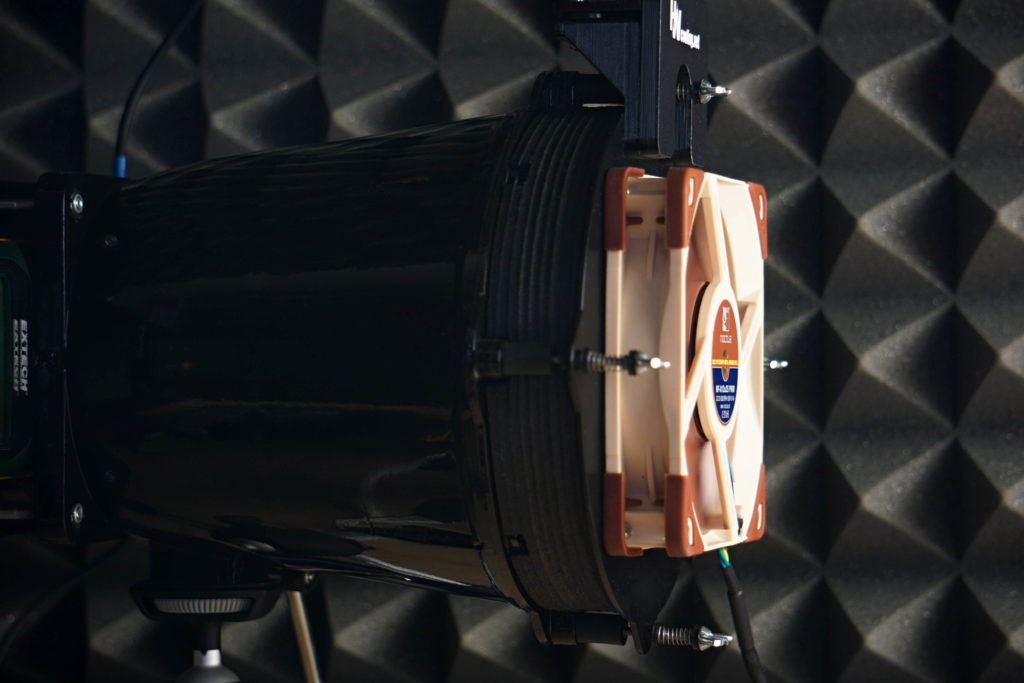
Like the noise meter, the microphone has a parabolic collar to increase resolution. The latter is specially in this case not only to amplify but also to filter out the noises that occur whether we want them or not behind the microphone. We are talking about the physical activity of the user (tester). Without this addition, human breathing, for example, would also be picked up by the spectrograph. However, this is successfully reflected off the microphone sensor by the back (convex) side of the collar. As a result, the spectrogram only contains information about the sound emitted by the fan itself.
- Contents
- BeQuiet! Silent Wings 3 (BL066) in detail
- The basis of the methodology, the wind tunnel
- Mounting and vibration measurement
- Initial warm-up and speed recording
- Base 7 equal noise levels…
- .. and sound color (frequency characteristic)
- Static pressure measurement…
- … and airflow
- Everything changes with obstacles
- How we measure power draw and motor power
- Measuring the intensity (and power draw) of lighting
- Results: Speed
- Results: Airlow w/o obstacles
- Results: Airflow through a nylon filter
- Results: Airflow through a plastic filter
- Results: Airflow through a hexagonal grille
- Results: Airflow through a thinner radiator
- Results: Airflow through a thicker radiator
- Results: Static pressure w/o obstacles
- Results: Static pressure through a nylon filter
- Results: Static pressure through a plastic filter
- Results: Static pressure through a hexagonal grille
- Results: Static pressure through a thinner radiator
- Results: Static pressure through a thicker radiator
- Results: Static pressure, efficiency by orientation
- Reality vs. specifications
- Results: Frequency response of sound w/o obstacles
- Results: Frequency response of sound with a dust filter
- Results: Frequency response of sound with a hexagonal grille
- Results: Frequency response of sound with a radiator
- Results: Vibration, in total (3D vector length)
- Results: Vibration, X-axis
- Results: Vibration, Y-axis
- Results: Vibration, Z-axis
- Results: Power draw (and motor power)
- Results: Cooling performance per watt, airflow
- Results: Cooling performance per watt, static pressure
- Airflow per euro
- Static pressure per euro
- Results: Lighting – LED luminance and power draw
- Results: LED to motor power draw ratio
- Evaluation





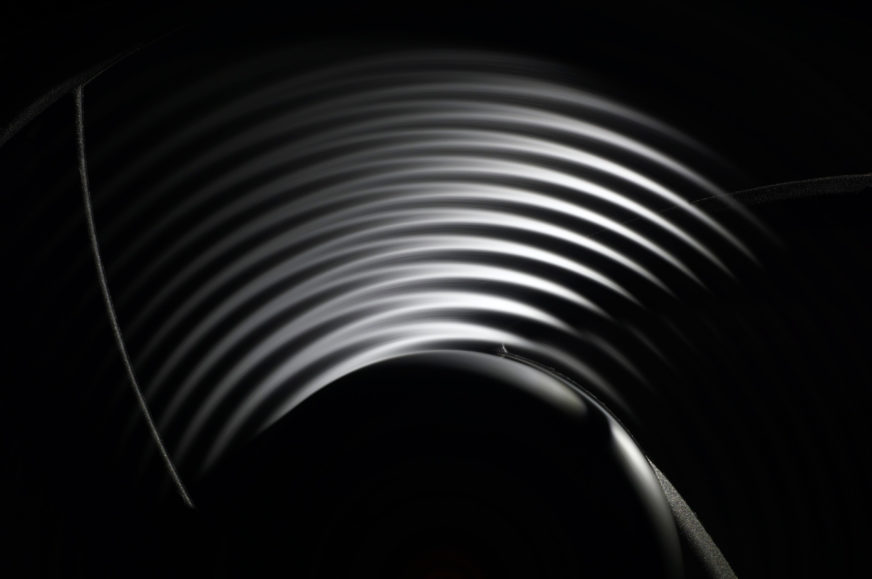
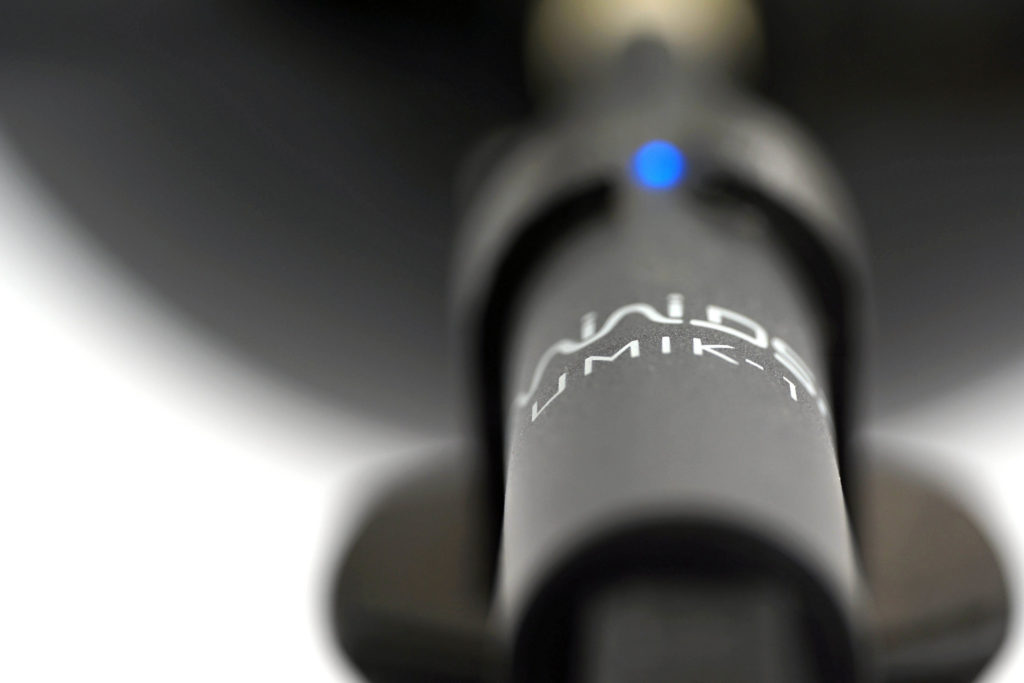


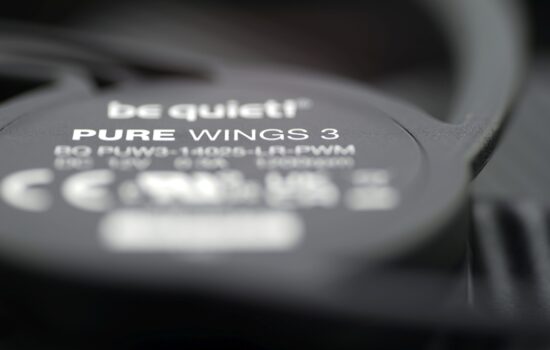



I have this fan as a part of the Dark Rock Pro 4 cooler – the front one. The inner fan is disabled for now. Unfortunately, I am thinking about replacing it. What’s driving me completely nuts is the fan start that gives a sound resembling powerful rubbing against a rough surface. It’s okay for folks who want to have the fan running constantly and encounter it only during boot but I want to have a fanless idle – 0 noise, no vibrations, extended fan life, and lower power draw. I wish such behavior was stressed in this and other reviews so that one can find safe alternatives for such requirements.
It’s a pity to encounter such an unexpected drawback, as this fan is much quieter than Arctic P12. At 700 RPM, it’s barely audible in my Nanoxia Deep Silence 8 in the night, and below 500 RPM basically inaudible.
What you are describing is happening with several fans. To an excessive degree with the Strix XF120 as well, where we also mentioned it. I have thought about how to measurably grasp those starts in the context of the interpretation of the results so that a simple comparison across fans is possible, but I don’t know yet.. anyway, it will probably be an initial phase with rotor centering, which is accompanied by higher vibrations in addition to the acoustic expression.
Perhaps the evaluation page can be divided into several labelled subsections, one being dedicated to observations like this for example.
My P14 Slim rev.1 does this initially too, but it’s gone now after I have mounted it tight. Perhaps quality control and tolerance also play a role here?
Maybe we are each talking about a slightly different phenomenon. The initial, let’s say start-up sound of Strix XF120 will certainly not be influenced by the strength of the mounting. With this fan, it’s just that it takes some time (be it very short, in the lower units of seconds) to get centered, and the operational sound is probably a bit different after, let’s say, warming up. I would attribute this purely to the influence of the motor and the bearings. In this case, I would not talk about an issue of a single unit in serial production. Sure, within lower manufacturing tolerances some minor differences in behaviour can be present, but if that feature disappeared completely, I assume it would be due to larger, targeted changes in the design, which for example are solved by various revisions. Unfortunately, most manufacturers don’t talk about them, with a few exceptions (Arctic, for example). So sure, a Silent Wings 3 from the early batches may behave differently than the latest pieces from the current sales. And while we’re on the subject of fan differences from piece to piece, we’ll release one unconventional test in September that will be of interest to you. 🙂
I would rather attribute the different sound after tightening the P14 rev. 2 to vibrations and the fact that with a different mounting there may not be such significant resonance frequencies of the case.